overleaf template galleryLaTeX templates and examples — Recent
Discover LaTeX templates and examples to help with everything from writing a journal article to using a specific LaTeX package.
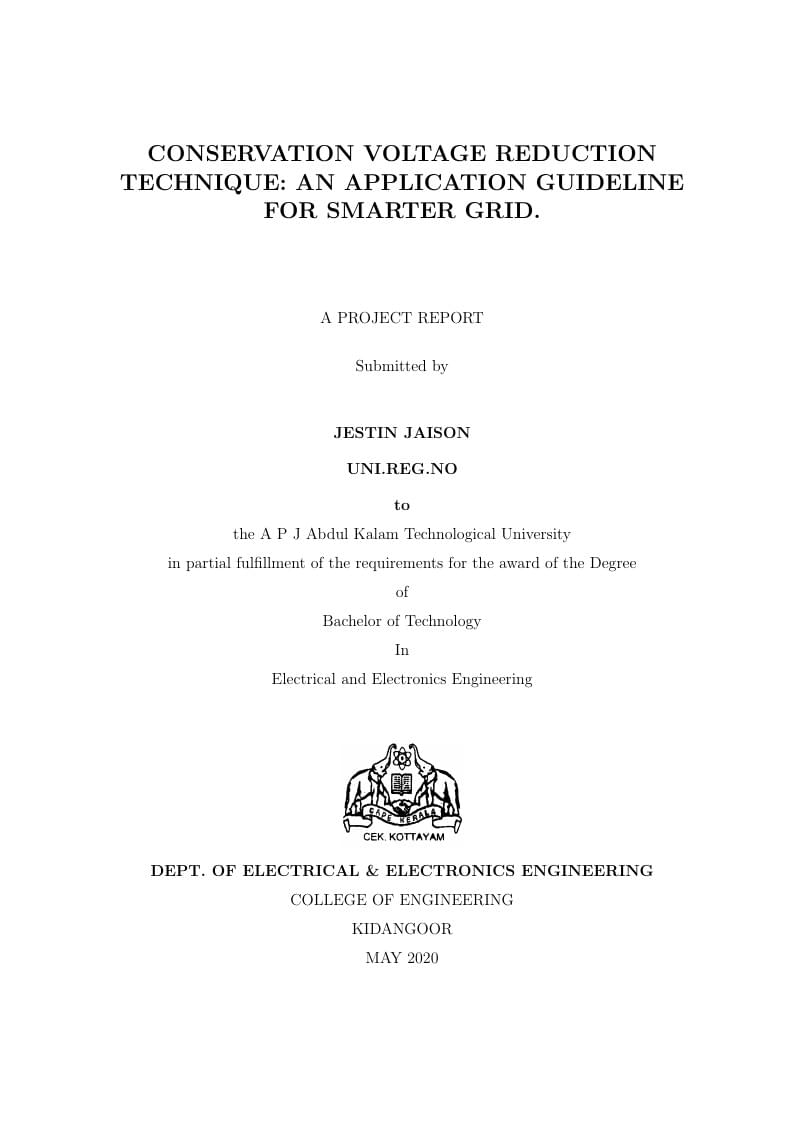
This template can be used for preparing project/seminar report for students, especially in APJ Abdul kalam university, Kerala, India. Students from other university also can be use this same template for the project/seminar report. This file contains a sample of a report, so you can edit this.

This demo file is intended to serve as a "starter file'' for IEEE conference papers produced under LaTeX. This is one of a number of templates using the IEEE style that are available on Overleaf to help you get started - use the tags below to find more.
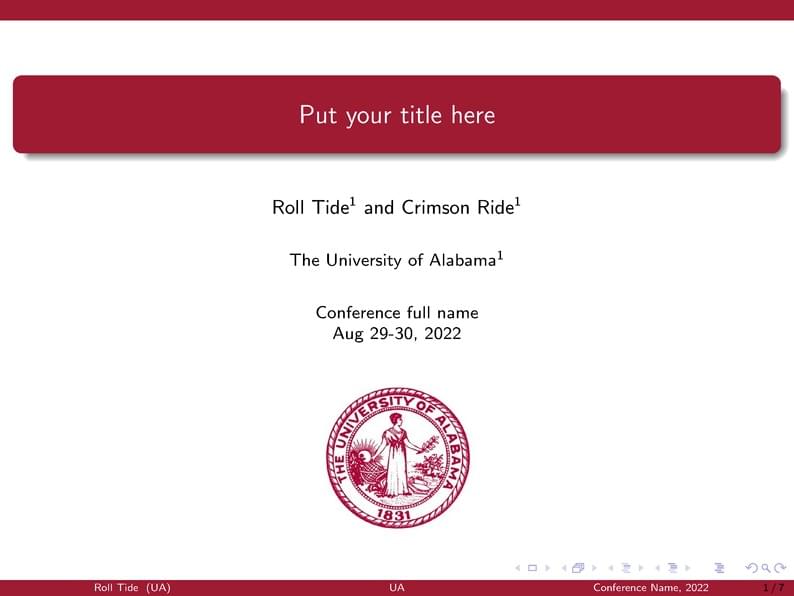
A presentation template (beamer) for The University of Alabama (UA).
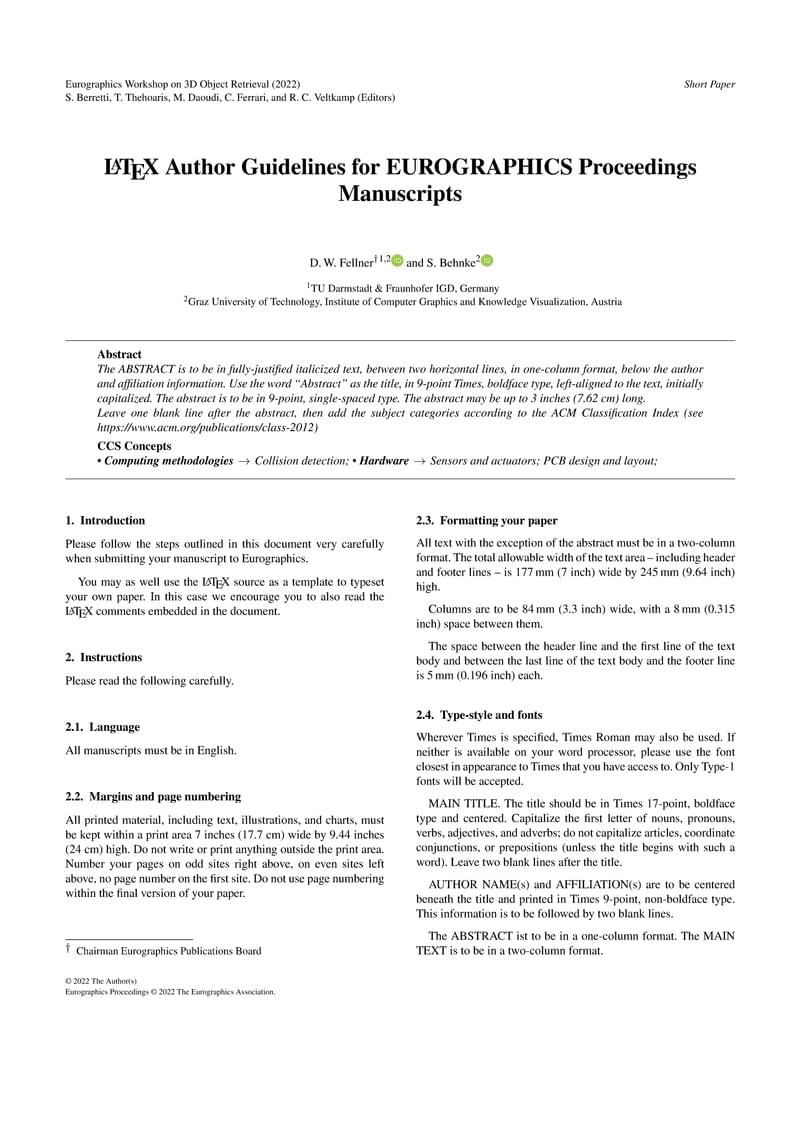
LaTeX Package for 3DOR2022 Short Papers
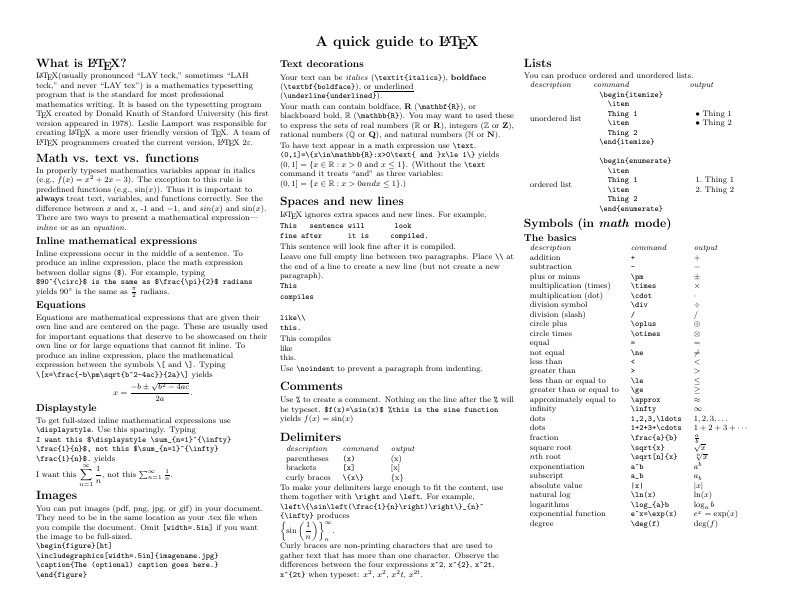
Know the LaTeX command you want to use but can't remember how to write it? Here we present a great tips sheet produced by Dave Richeson; it's pre-loaded in Overleaf so you can see how the commands work instantly. Simply click on the button above to open a version in Overleaf for editing (and to quickly copy and paste the commands you need!). For more comments visit this page on Dave's site, or if you'd like to work through a fuller introduction to LaTeX why not check out our free online course?
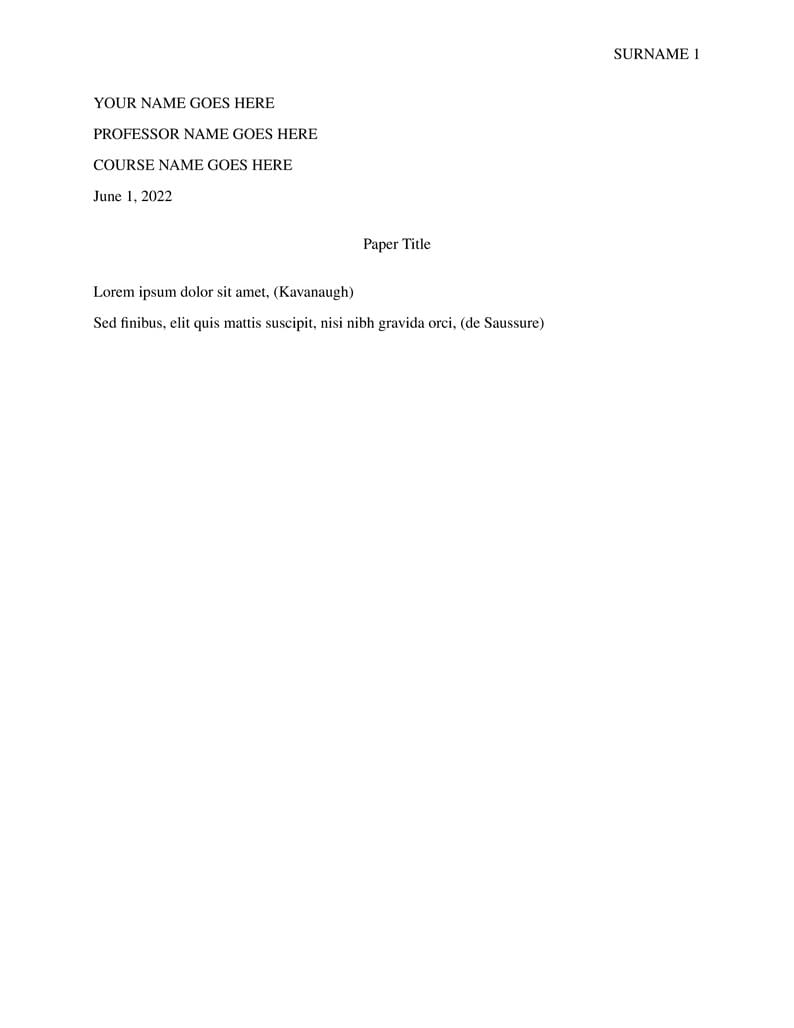
This is an MLA paper template with a title function and Bibliography
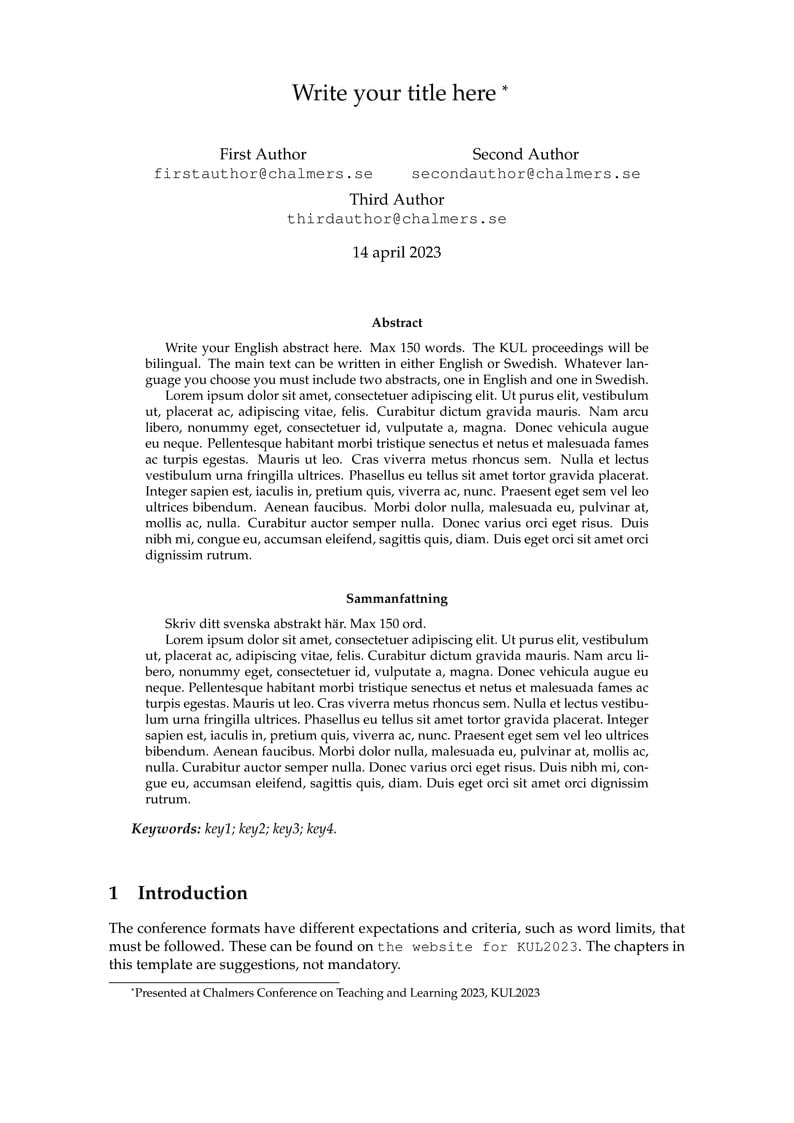
Template for submissions to proceedings for KUL2023
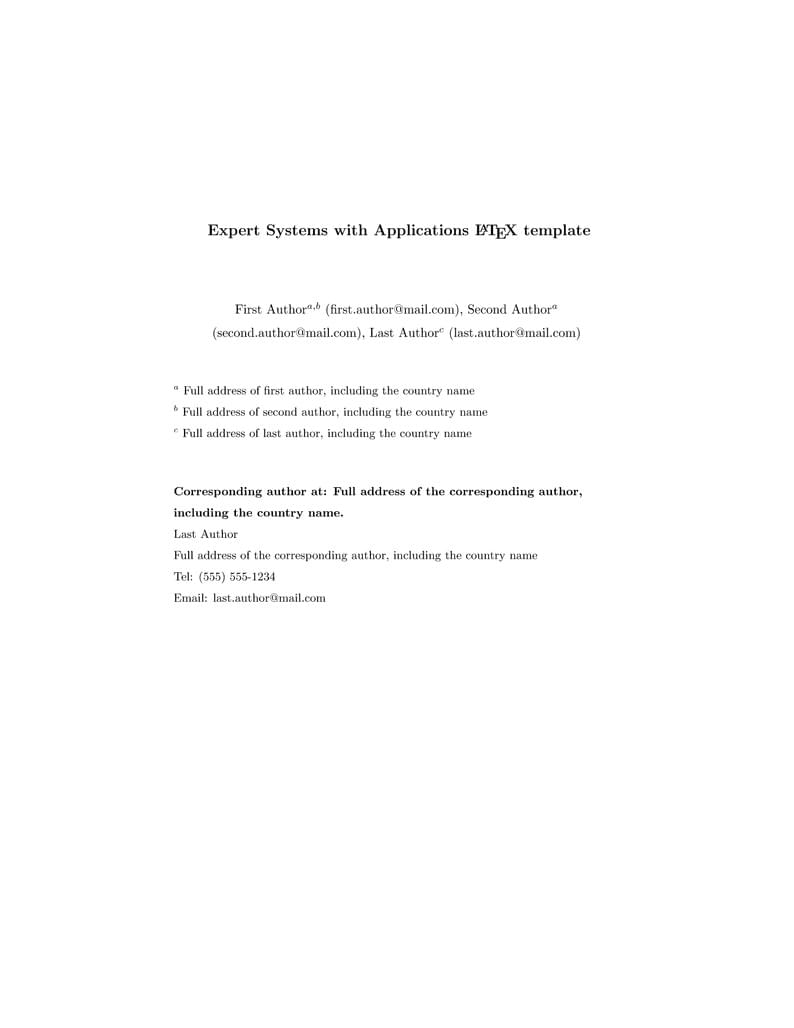
This a template for ESWA - Expert Systems with Applications journal.
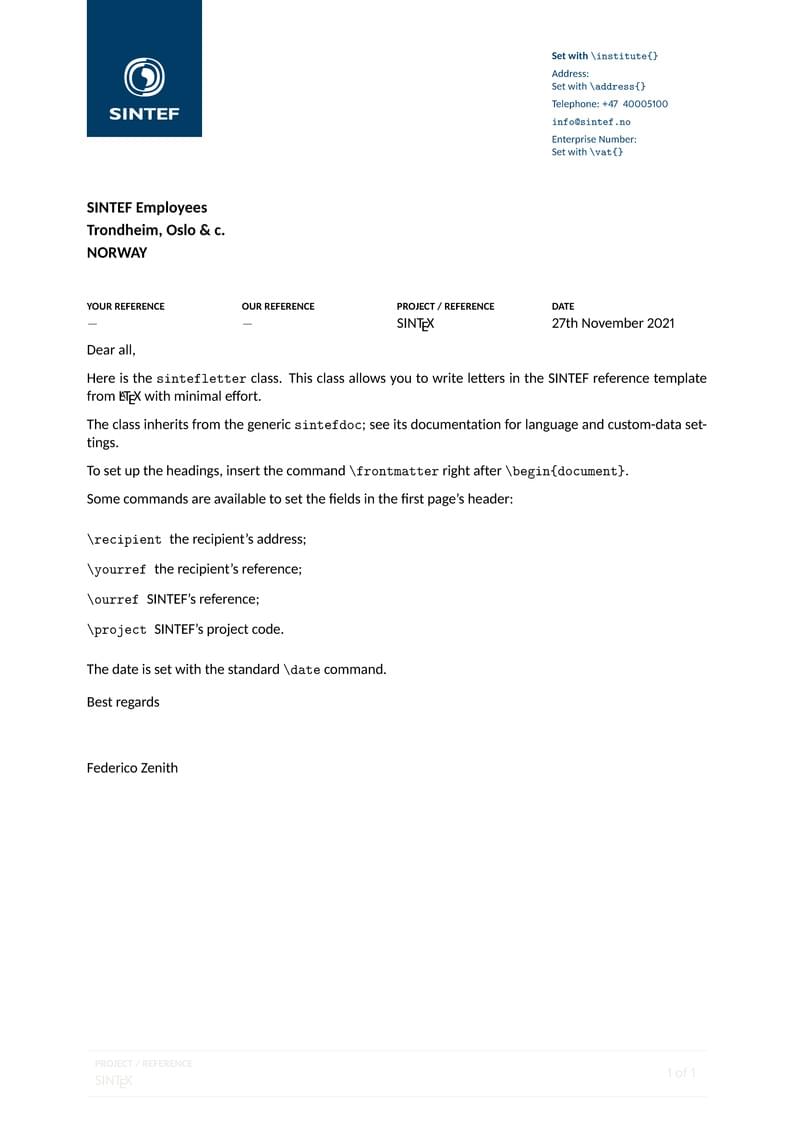
Letter template for the research institution SINTEF
\begin
Discover why over 20 million people worldwide trust Overleaf with their work.